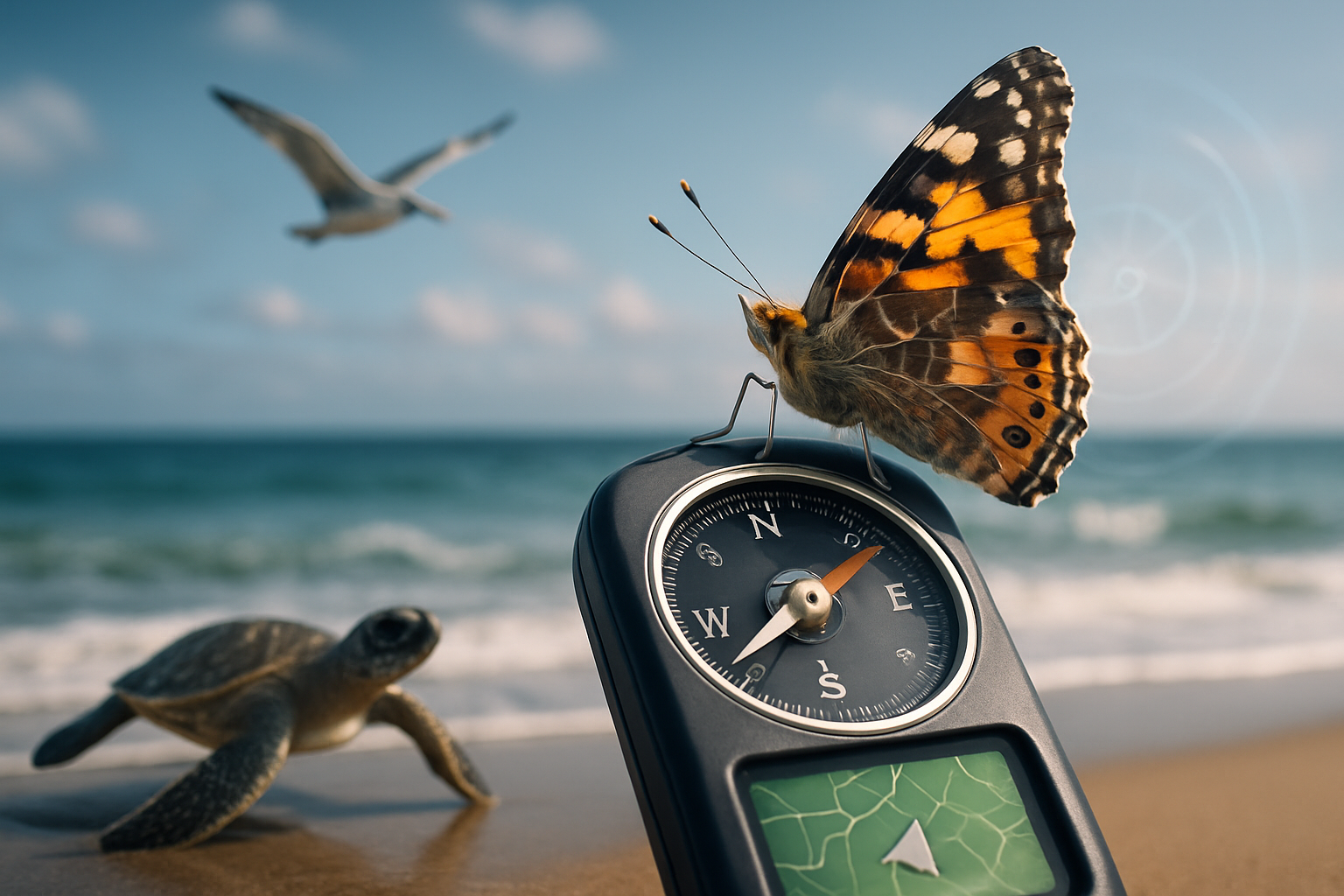Unravelling the Intricacies of Animal Navigation: A Marvel of Nature
Introduction: In the realm of wildlife, one phenomenon that has intrigued scientists and animal enthusiasts alike is the fascinating ability of animals to navigate across vast distances with pinpoint precision. This article delves into the extraordinary world of animal navigation, its historical understanding, recent findings, and the profound implications it carries for both the animal kingdom and humanity.

A Brief History of Understanding Animal Navigation
Animal navigation is a centuries-old mystery that has captivated the minds of researchers and explorers. Early observations of bird migration, for instance, led to various theories on how they could travel thousands of miles without getting lost. Ancient Greek philosopher Aristotle suggested that birds followed landmarks or the stars, while Charles Darwin proposed that they used the Earth’s magnetic field. However, it was only in the 20th century when scientific studies confirmed these conjectures, shedding light on the array of senses animals use to navigate their environment.
Current Discoveries in Animal Navigation
Fast forward to the present, our understanding of animal navigation has significantly evolved. Recent studies have found that many species, from birds to insects, utilise a combination of senses for navigation. For instance, birds use a natural form of GPS, combining celestial cues, magnetic fields, and olfactory signals. Similarly, sea turtles use the Earth’s magnetic field to navigate across oceans, while monarch butterflies use a sun compass in their antennae to migrate. These discoveries highlight the remarkable adaptability and sophistication of animal navigation mechanisms.
The Cost of Advanced Navigation Equipment
In the world of pet care, advanced GPS tracking devices are increasingly being used to ensure the safety of our furry friends. These devices, generally priced between $50 to $200, provide real-time location tracking and define safe zones for pets. While they are a significant investment, the peace of mind they offer pet owners has led to a surge in market demand, revolutionising the pet care industry.
The Science Behind Animal Navigation
The science of animal navigation is complex and draws from various disciplines, including biology, physics, and even chemistry. For instance, the idea that animals use the Earth’s magnetic field for navigation involves understanding magnetoreception - a biological sense that allows organisms to detect magnetic fields. Similarly, the use of olfactory cues requires an understanding of how animals perceive and process scents. This multi-disciplinary approach makes the study of animal navigation a rich and fascinating field.
Implications and Future Directions
The study of animal navigation carries profound implications for both the animal kingdom and humanity. For wildlife, understanding these mechanisms can help in conserving migratory species and their habitats. For humans, insights from animal navigation can inspire technological innovations, such as in the field of robotics or GPS technology. As research continues, the marvel of animal navigation promises to offer even more fascinating insights.
In conclusion, the world of animal navigation is a testament to the incredible adaptability and sophistication of the animal kingdom. As we continue to unravel its mysteries, we are not only gaining insights into the natural world but also enriching our understanding of how we, as humans, perceive and interact with our environment.





